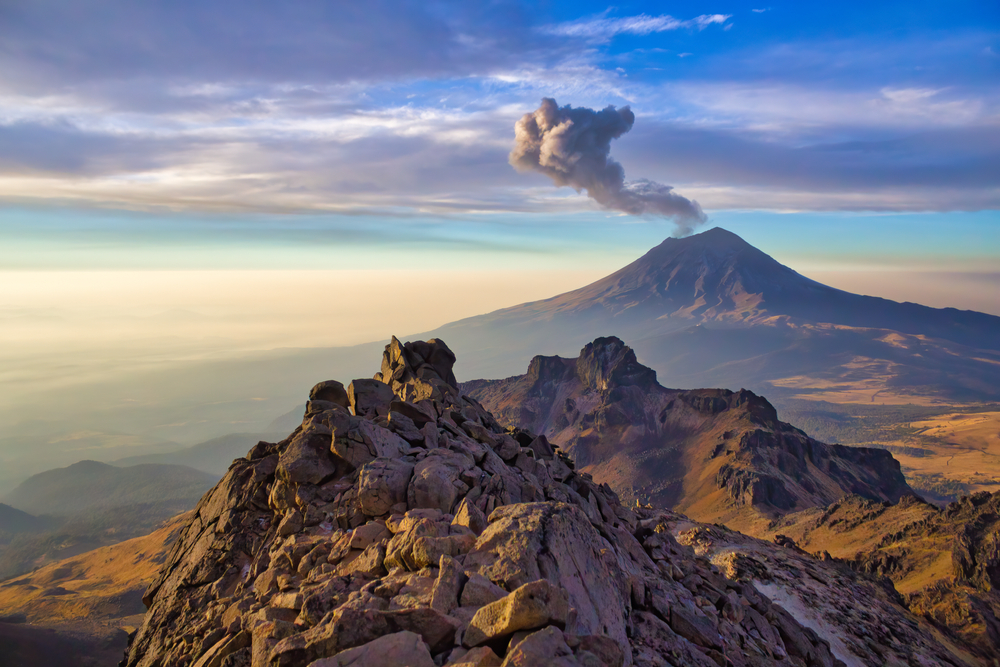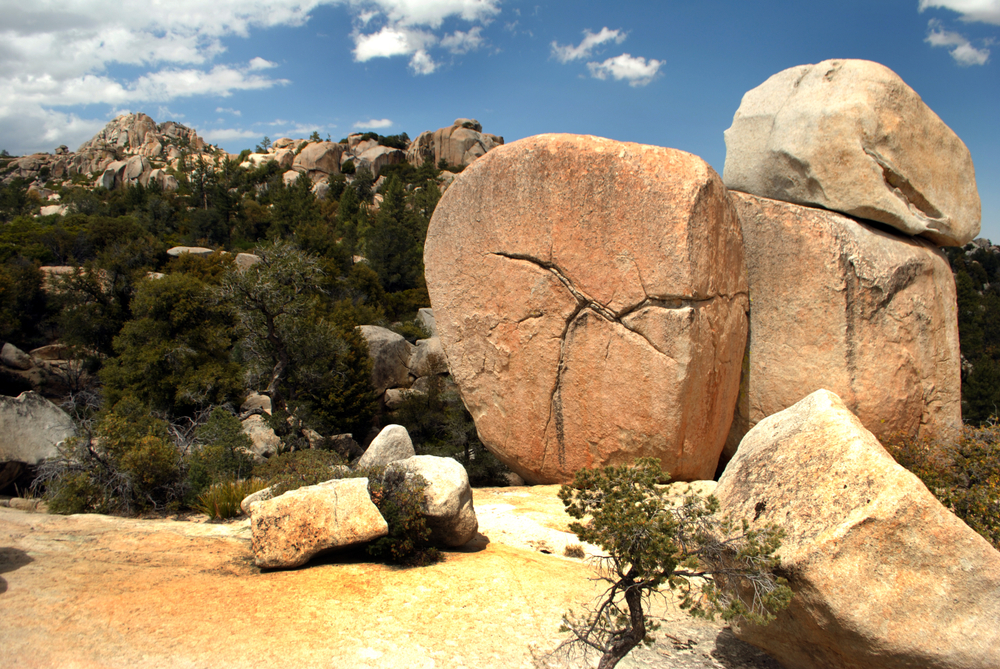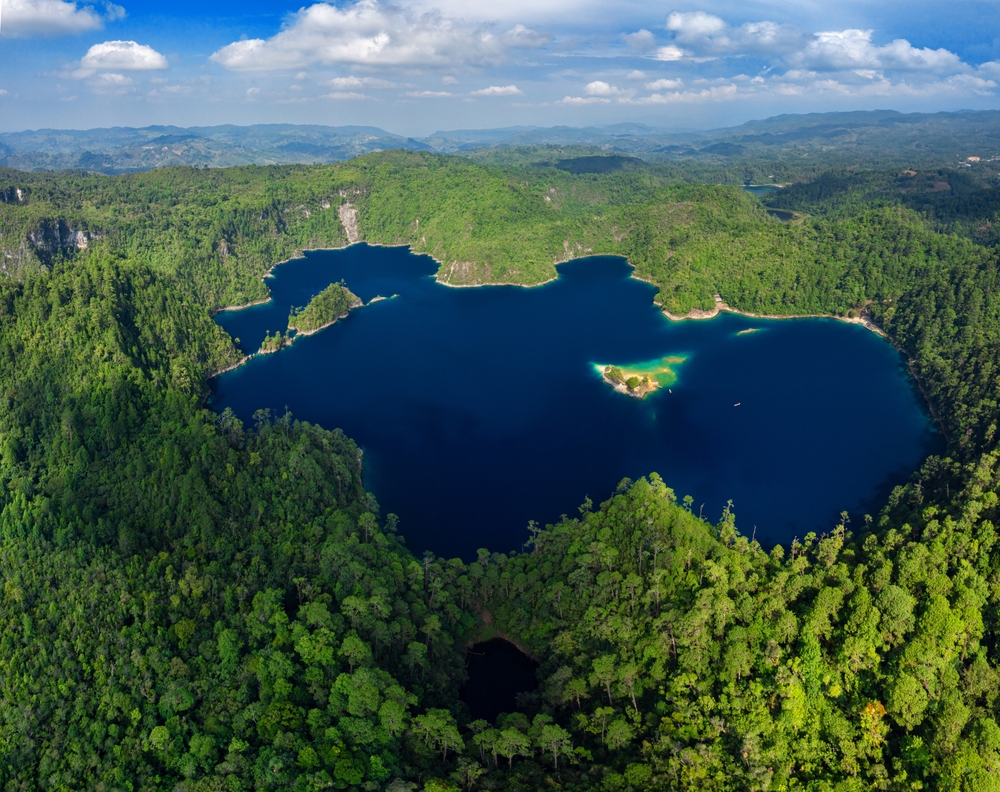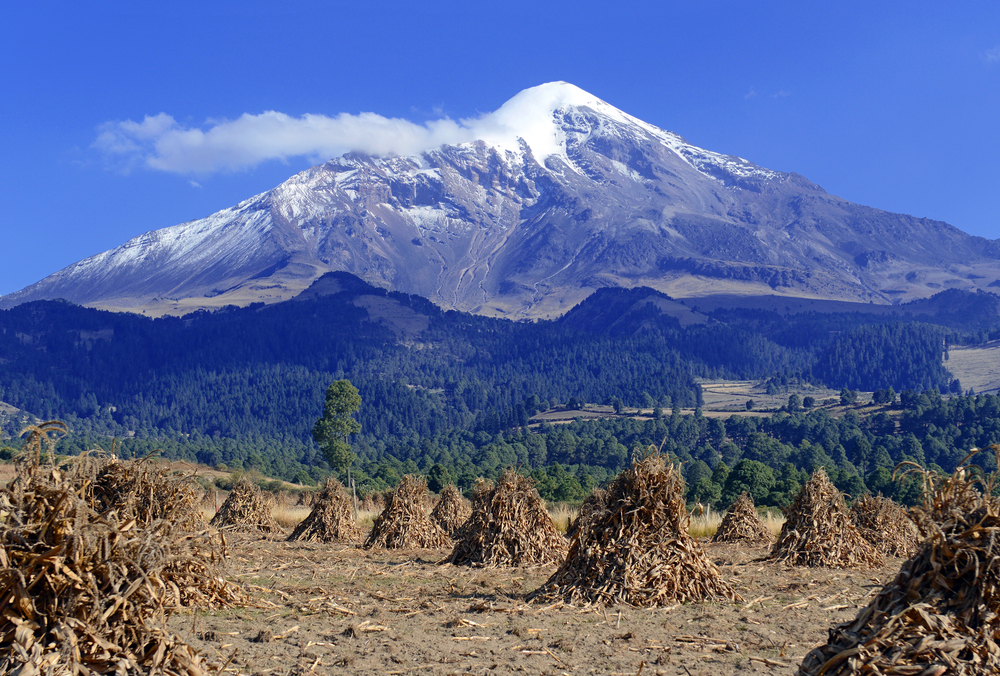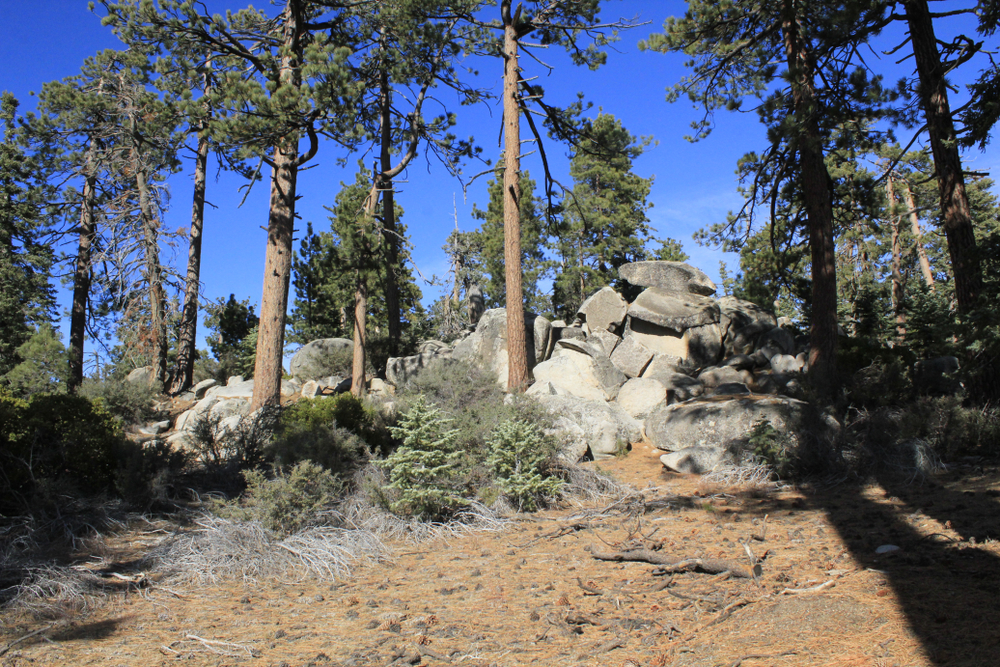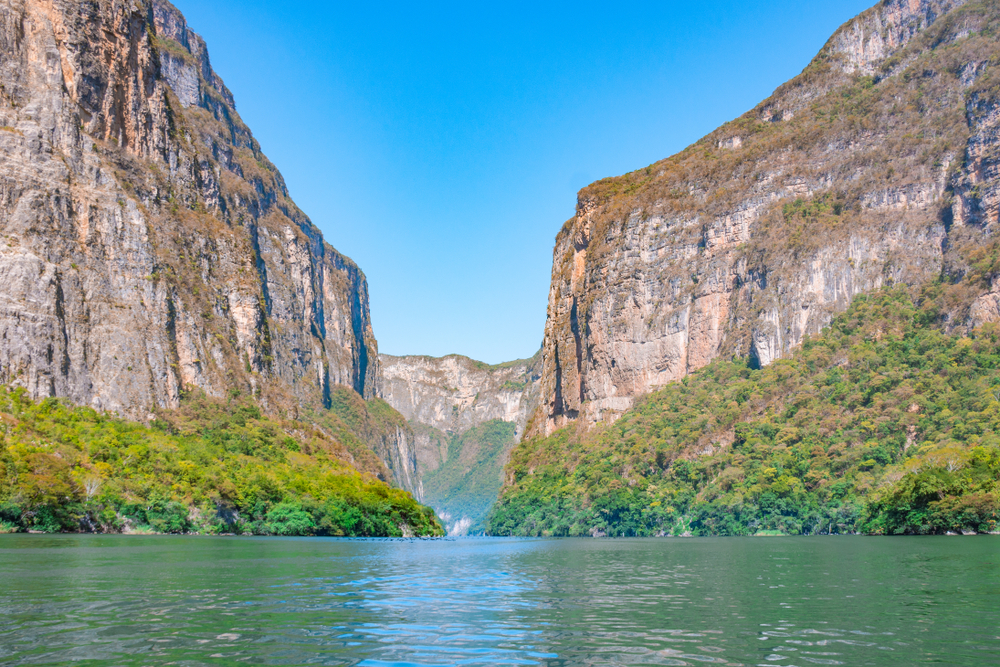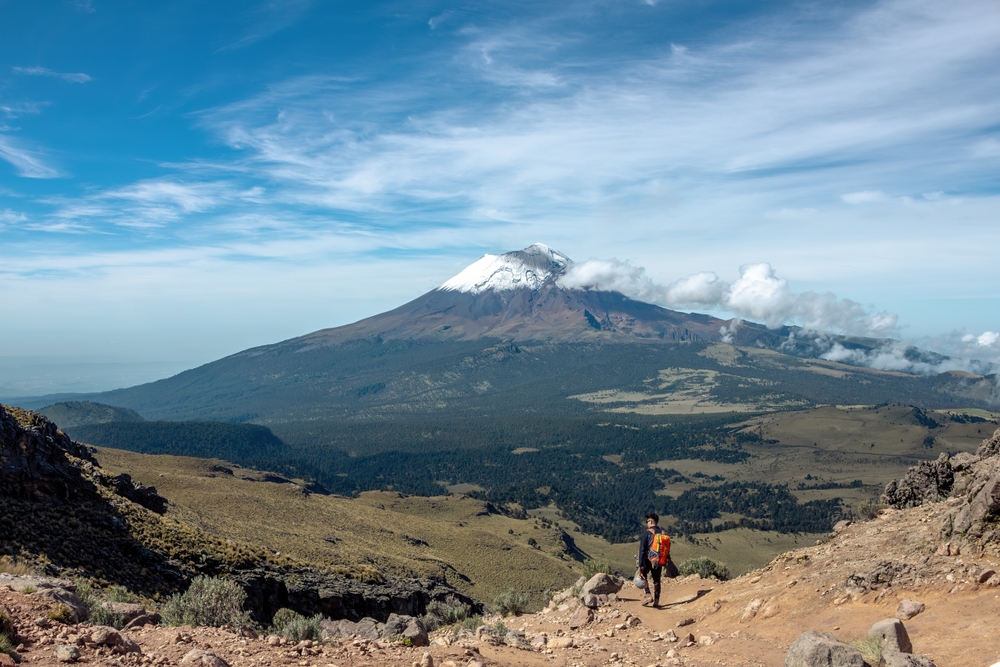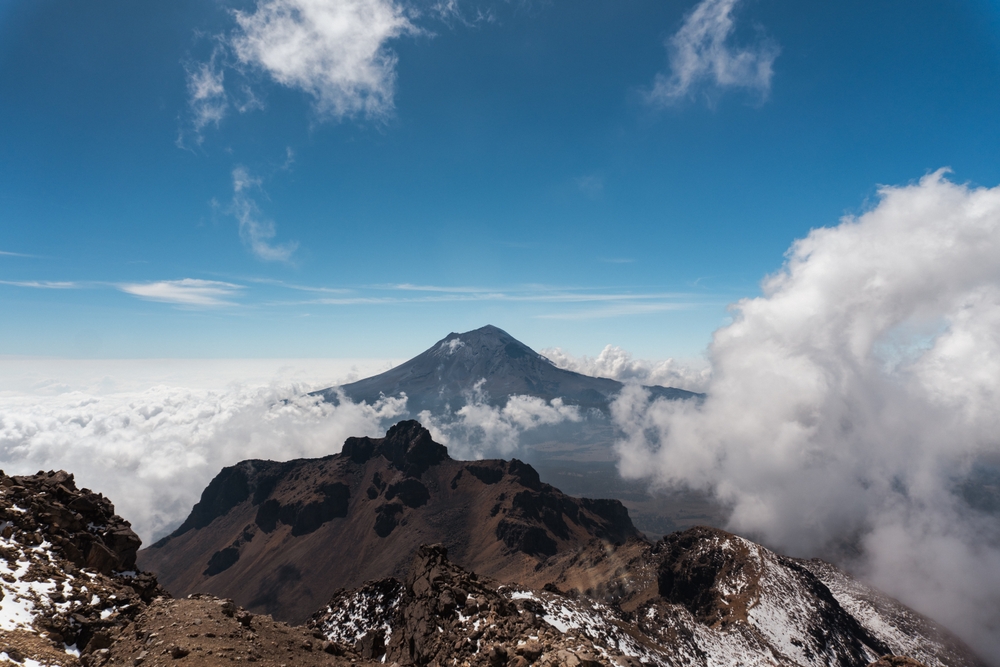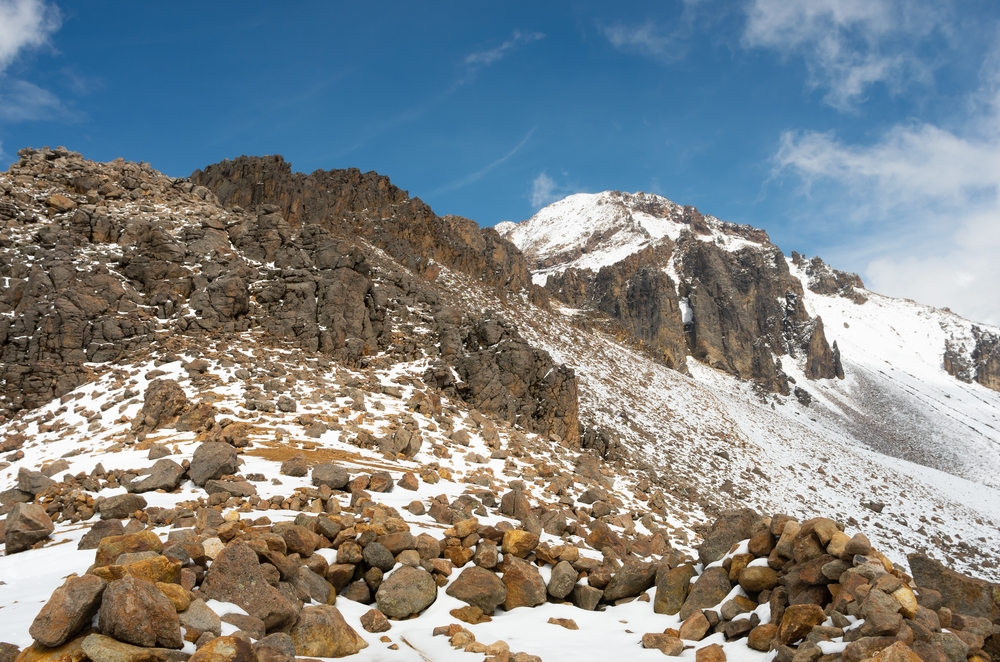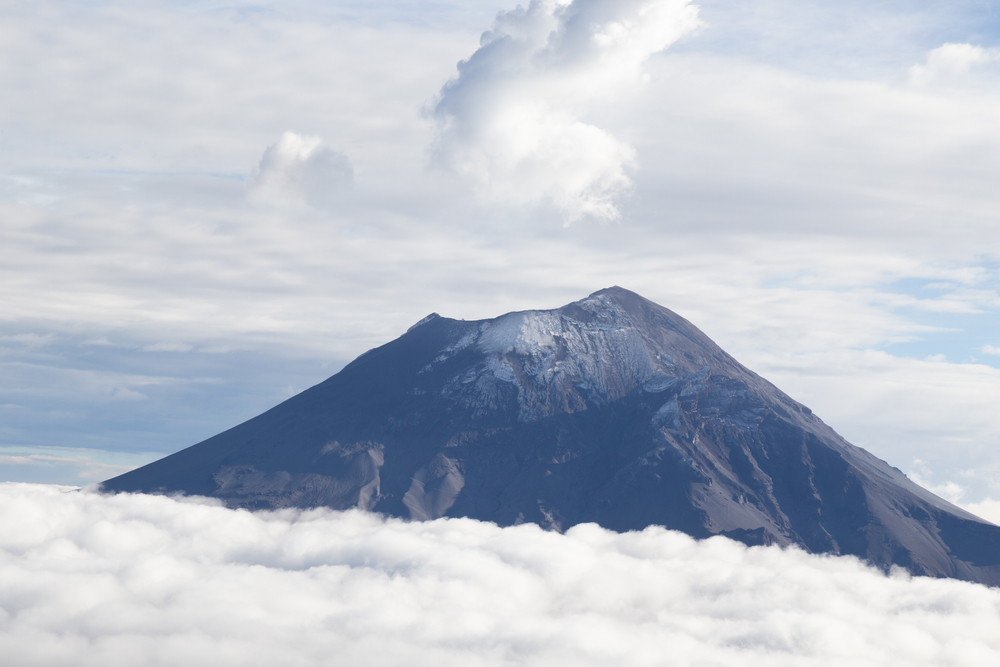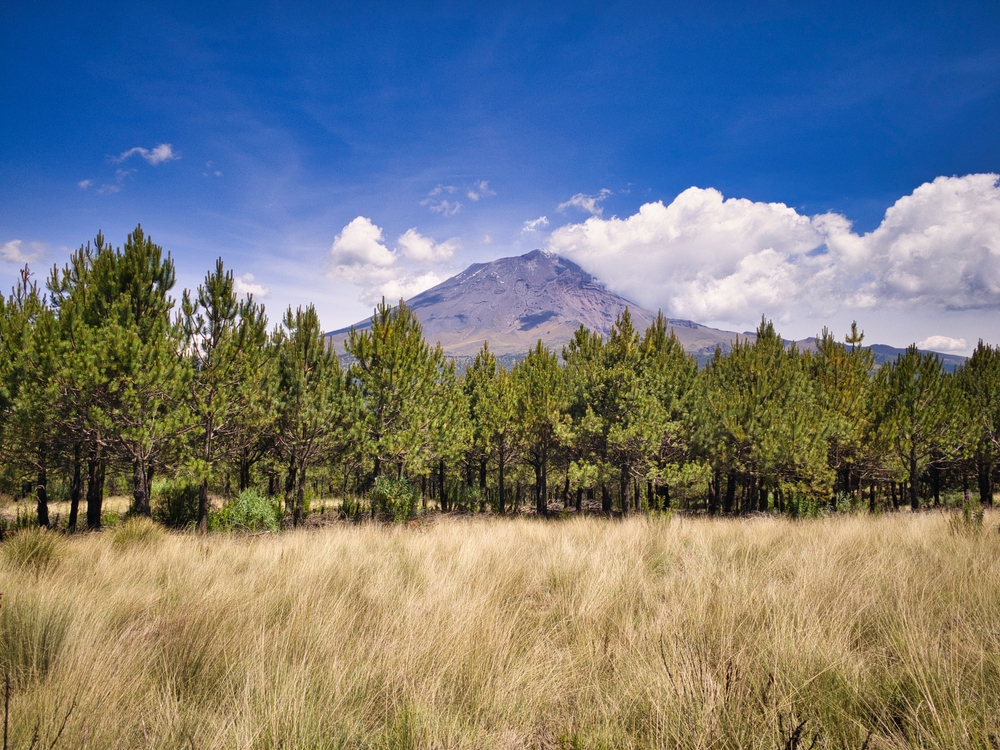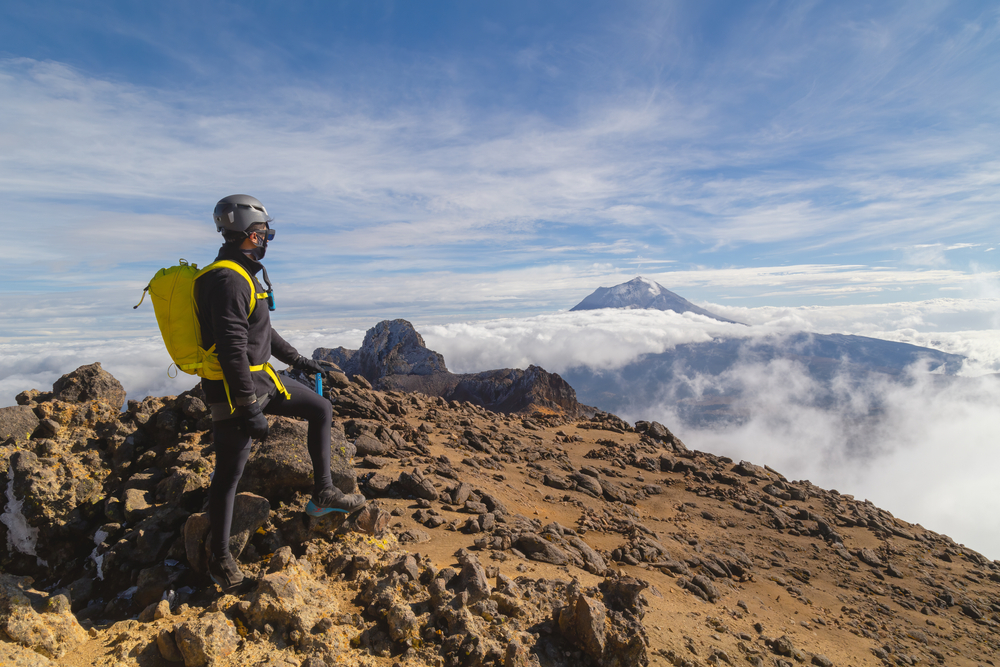Iztaccíhuatl-Popocatépetl Overview
Iztaccíhuatl-Popocatépetl National Park (in Spanish: Parque Nacional Iztaccíhuatl-Popocatépetl) is located in central Mexico, spanning the states of Mexico, Puebla, and Morelos. Established in 1935, the park covers an area of approximately 97 square miles (around 251 square kilometers), protecting two of Mexico’s most iconic volcanoes: Iztaccíhuatl and Popocatépetl.
The park is situated in the Trans-Mexican Volcanic Belt, with Popocatépetl being an active volcano and the second-highest peak in Mexico at 17,802 feet (5,426 meters). Iztaccíhuatl, an extinct volcano, stands at 17,159 feet (5,230 meters) and is nicknamed “The Sleeping Woman” due to its silhouette resembling a woman lying on her back. These towering volcanic peaks dominate the landscape, offering breathtaking views, snow-capped summits, and rugged terrain ideal for hiking and mountaineering.
The park’s vegetation is diverse and changes with altitude. Lower elevations are covered by pine, oak, and fir forests, while higher altitudes feature alpine meadows and scrublands. Above the tree line, barren rocky terrain and glaciers dominate, with limited vegetation due to the extreme conditions.
Iztaccíhuatl-Popocatépetl National Park is home to a variety of wildlife that has adapted to the mountainous environment. White-tailed deer, rabbits, and armadillos are frequently seen in the park’s forests, while more elusive species like bobcats, coyotes, and mountain lions roam the higher elevations. Bird species, such as hawks, eagles, and owls, are common in the park, with red-tailed hawks and peregrine falcons soaring above the volcanic peaks.
The park offers a variety of outdoor activities, including hiking, mountaineering, and birdwatching. Due to the active nature of Popocatépetl, visitors are restricted from climbing it, but Iztaccíhuatl offers popular trails and routes for adventurous hikers and climbers seeking to explore one of Mexico’s most majestic landscapes.
Park Map
Iztaccíhuatl-Popocatépetl National Park Highlights
Engaging Iztaccihuati-Popocatepeti
Sources
- All Trails, Iztaccihuati-Popocatepeti National Park, https://www.alltrails.com/ar/parks/mexico/mexico/parque-nacional-iztaccihuatl-popocatepetl, retrieved August 2024.
- CONANP, Iztaccihuati-Popocatepeti, https://descubreanp.conanp.gob.mx/swb/conanp/ANP?suri=81, retrieved August 2024.
- Planeta, Iztaccihuati-Popocatepeti, https://www.planeta.com/popocatepetl/, retrieved August 2024.
- Environment and Society, Resources and Revolution Mexico's Iztaccihuati-Popocatepeti, https://www.environmentandsociety.org/arcadia/resources-and-revolution-mexicos-iztaccihuatl-and-popocatepetl-national-park, retrieved August 2024.
- Vibe Adventures, Iztaccihuati-Popocatepeti: Complete Guide, https://vibeadventures.com/iztaccihuatl-popocatepetl/, retrieved August 2024.
- Wikipedia, Iztaccíhuatl–Popocatépetl National Park, https://en.wikipedia.org/wiki/Iztacc%C3%ADhuatl%E2%80%93Popocat%C3%A9petl_National_Park, retrieved August 2024.








































































